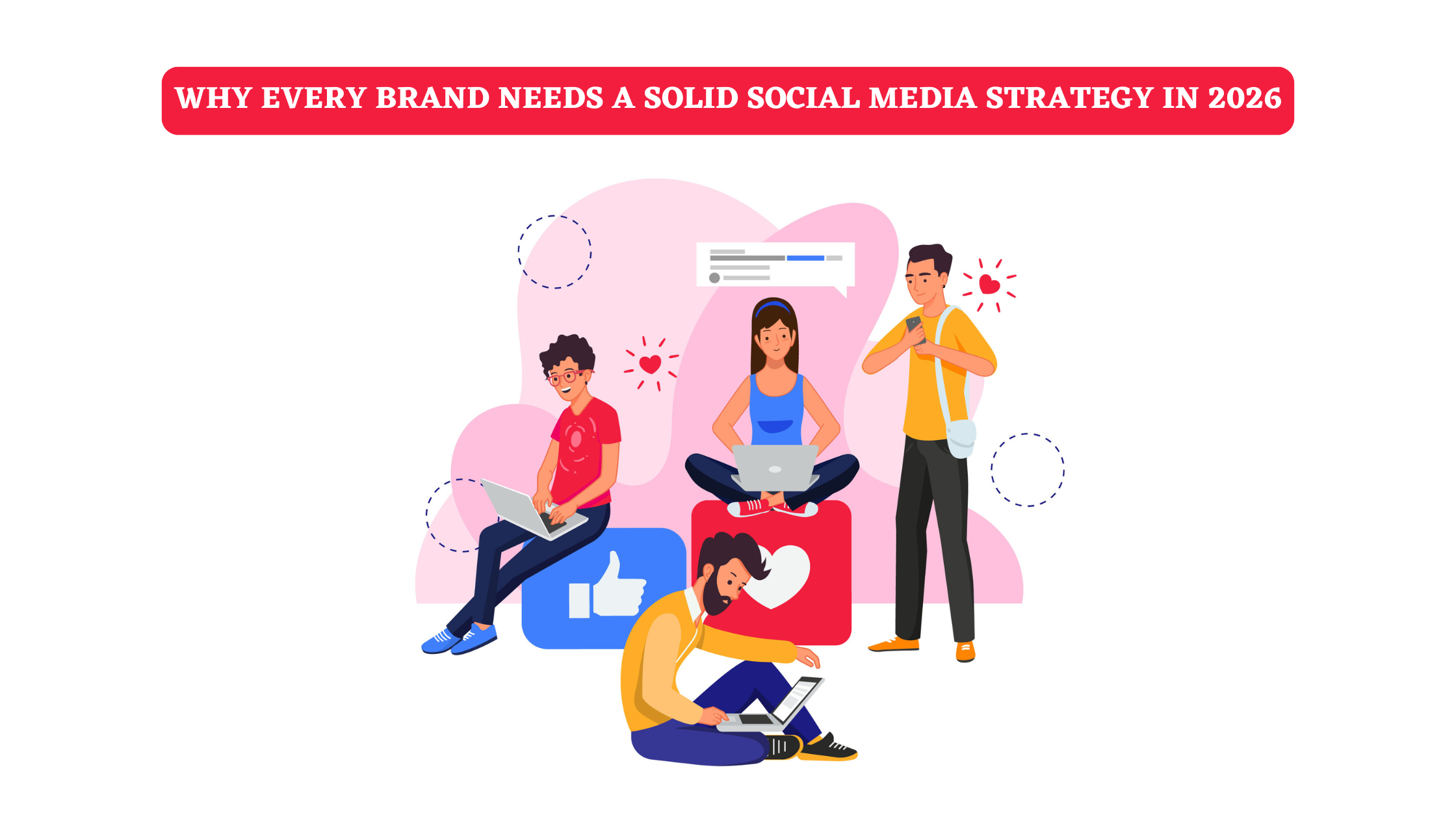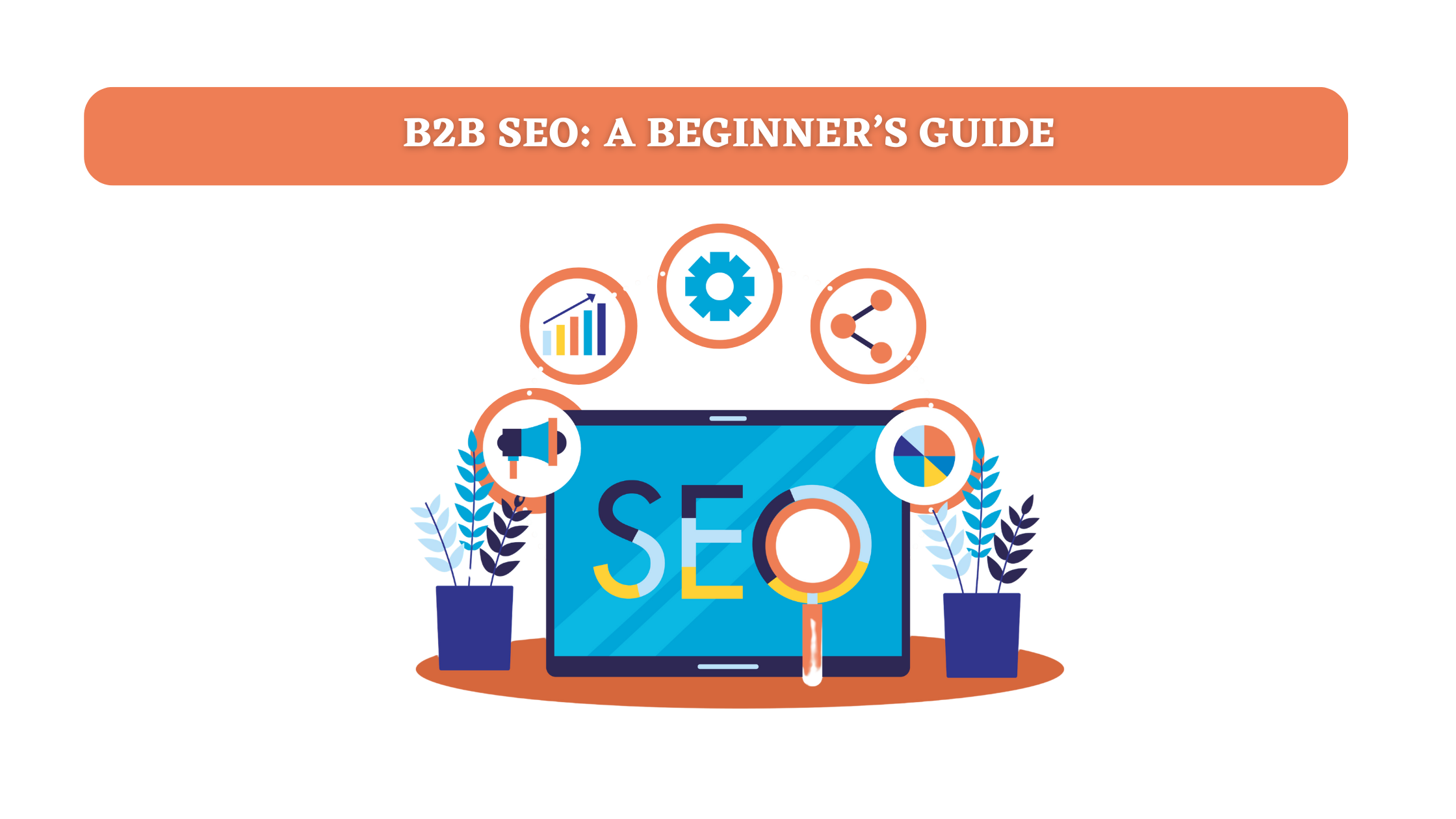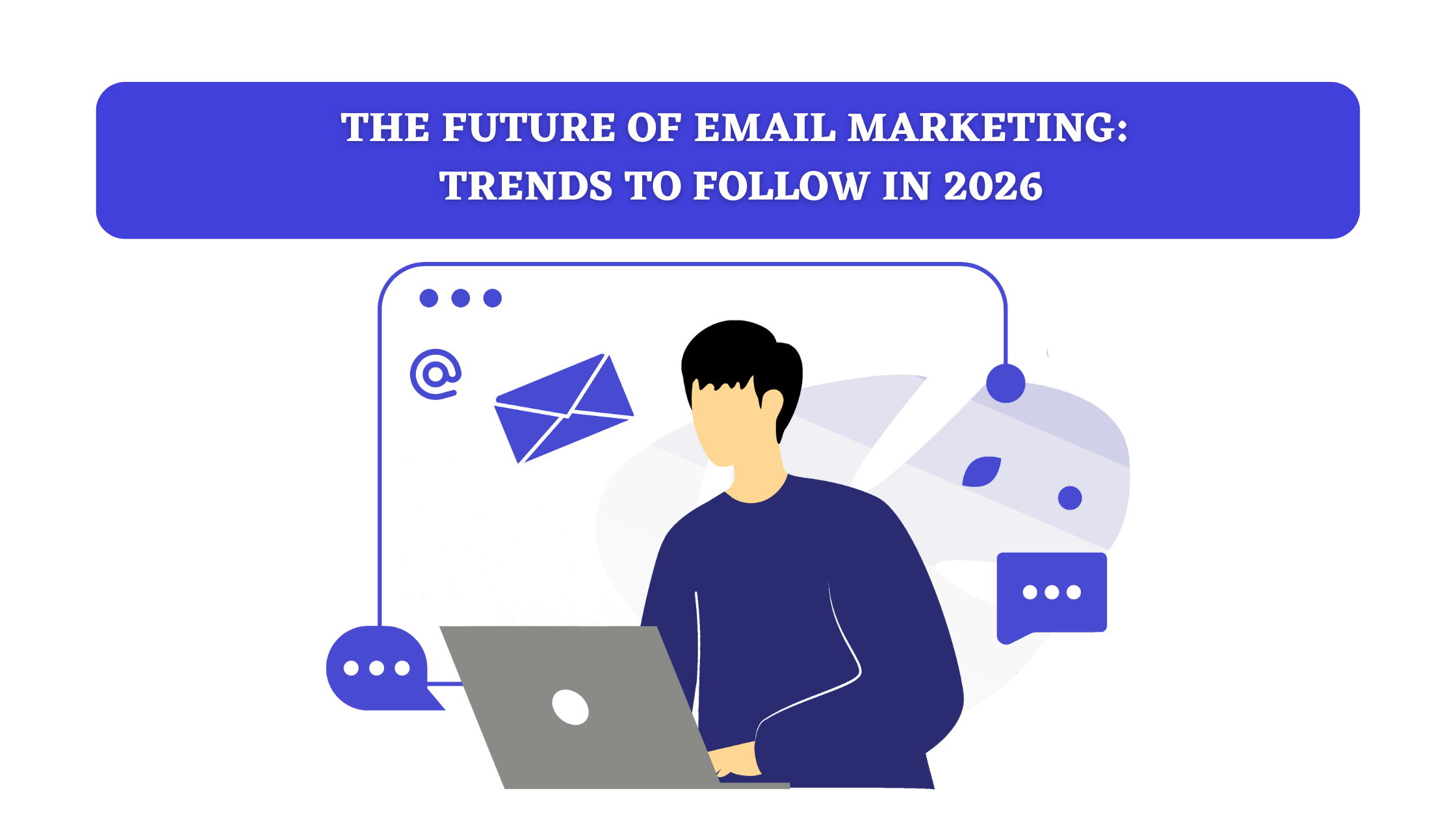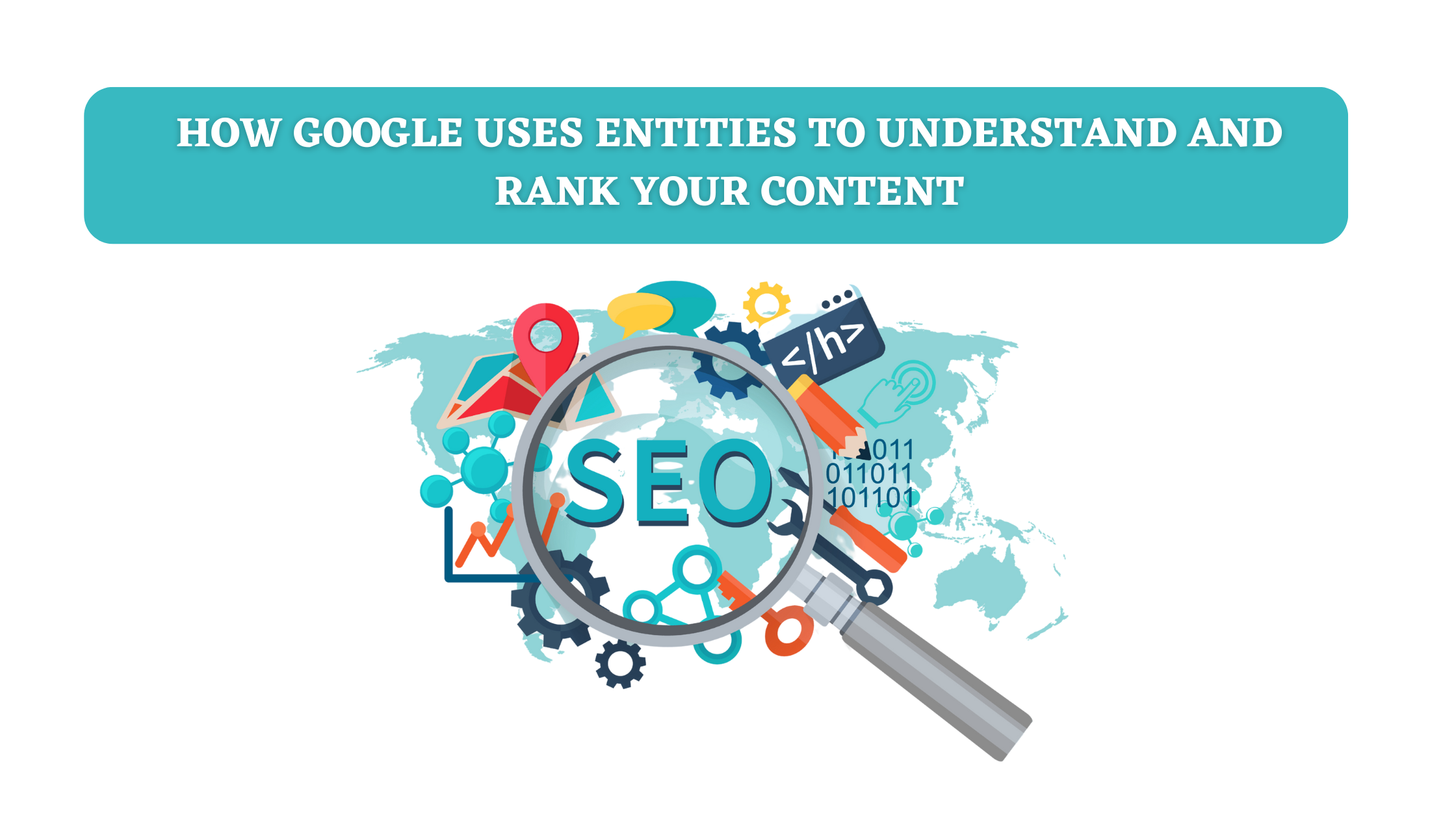Most buyers conduct their research online long before they contact a salesperson. About two-thirds of B2B buyers discover products through internet search results. If...
Why does 2026 feel different, and why should you care? Well, you can tell something’s changed because the moment you scroll, attention snaps one way or another, and it’s getting harder to hang on to it.
Short videos, faster feeds, AI tools that help write and edit, and creator recommendations are moving the goalposts. That makes social media less like a marketing channel and more like the first place people form opinions about brands. If you treat social as a to-do, you’ll lose ground to brands that treat it as a full-time shop window.
So what do you do? Being present doesn’t mean posting more. It means building predictable ways people discover, test, and trust you. That’s why a clear social strategy matters — it’s the practical scaffolding that keeps louder competitors from owning your customers’ first impressions.
The Hard Facts (Few Quick References, Because Guesses Cost Money)
- –Short-form video keeps winning attention; it holds viewers’ interest and drives the highest engagement across platforms.
- -Most brands are keeping or increasing influencer budgets, favouring micro and mid-tier creators for genuine connection and cost-efficiency.
- –LinkedIn still outperforms for B2B lead quality and prospecting — it’s where buying committees check vendors.
- -Generative AI is now a core part of social teams’ toolkits: content ideation, captioning, and trend sensing are faster with AI — but audiences can tell when you overuse it.
- -In India, Reels-style short formats are central to discovery and culture — a local nuance that matters if your market includes Chennai and other Indian metros.
Why Every Brand Needs A Social Strategy (Not A Wish-List)
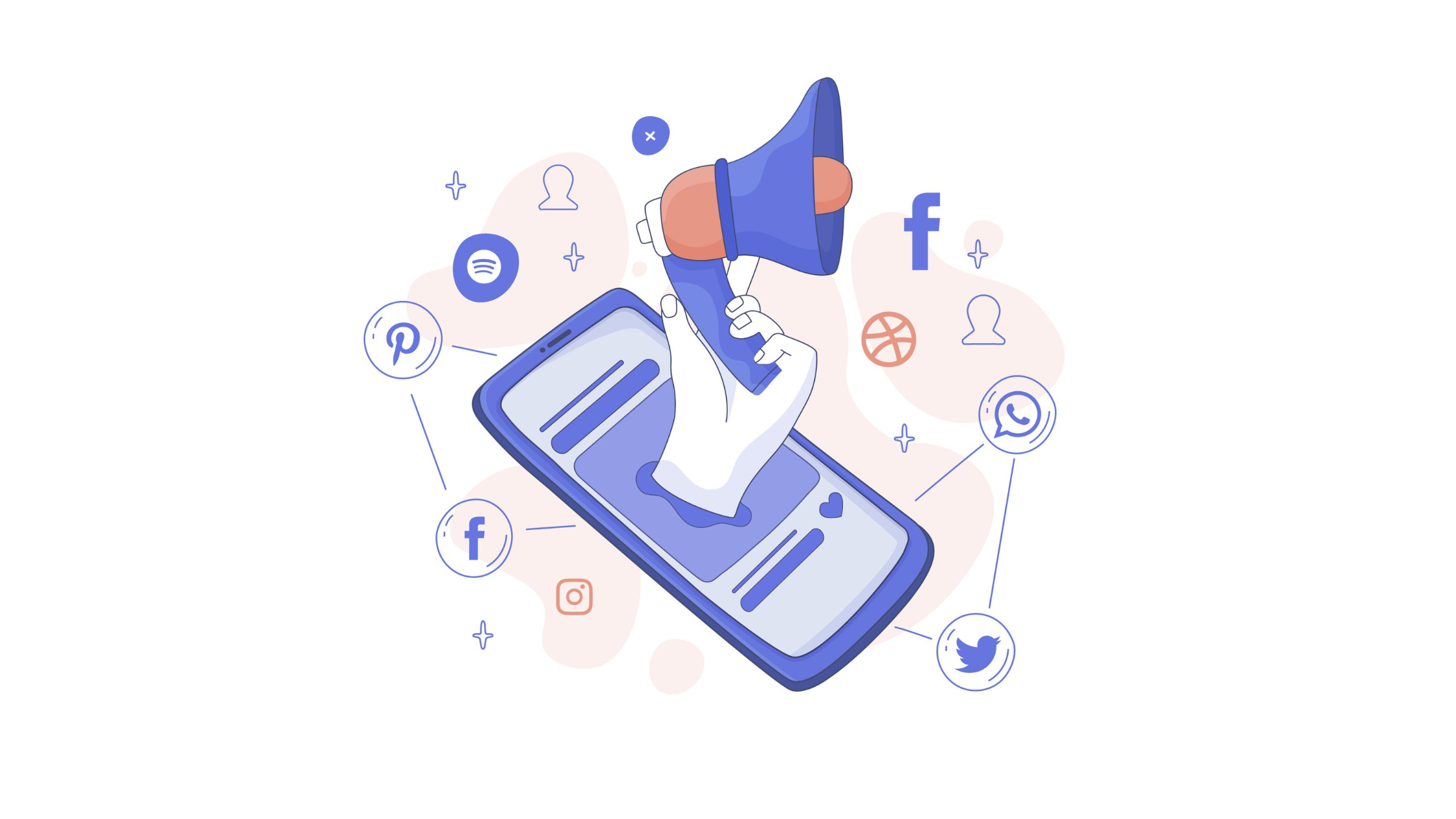
Social overlaps with nearly every business goal – awareness, lead-gen, product proof, customer care. A strategy does three jobs at once: it lowers wasted spend, raises speed-to-feedback, and builds the little human stories that ads alone can’t. The benefits you’ll feel day-to-day:
- -Less ad waste because you learn which content actually nudges buyers.
- -Faster iteration as you can listen, test, tweak, and repeat.
- -Better funnel coverage from discovery to repeat purchases.
- -Brand equity offers a consistent voice, a clearer promise, and more trust.
That last one matters because people buy from people, even in B2B. Social is how you become “the brand they remember.”
Platform Playbook: What To Actually Do
Think of platforms as different rooms at a conference. You wouldn’t give the same talk in the expo hall and the boardroom.
- -Instagram / Reels: Keep it short, candid clips work best – product in use, quick tips, behind-the-scenes. Post often; experiment with captions that invite saves.
- -LinkedIn: Publish short thought pieces, client wins, and employee stories. Mix 300–500-word posts with 30–90 second videos. Lead with value, not slogans.
- -YouTube Shorts : Problem-solution hooks should grip in the first 3 seconds. Use clear CTAs: “Try this” or “See the case study.”
- -Commerce in-app: Try shoppable posts for a limited SKU set. Track from click to sale to see if social commerce suits your margins.
Tie them together: a LinkedIn case study becomes 3 Reels, an explainer thread, and a short testimonial clip.
B2B Focus: Why Regionality Matters
If you sell to businesses, LinkedIn remains a core platform—but local nuance makes a difference. Indian buyers engage with regional creators, follow local success stories, and seek vendors who understand their business context.
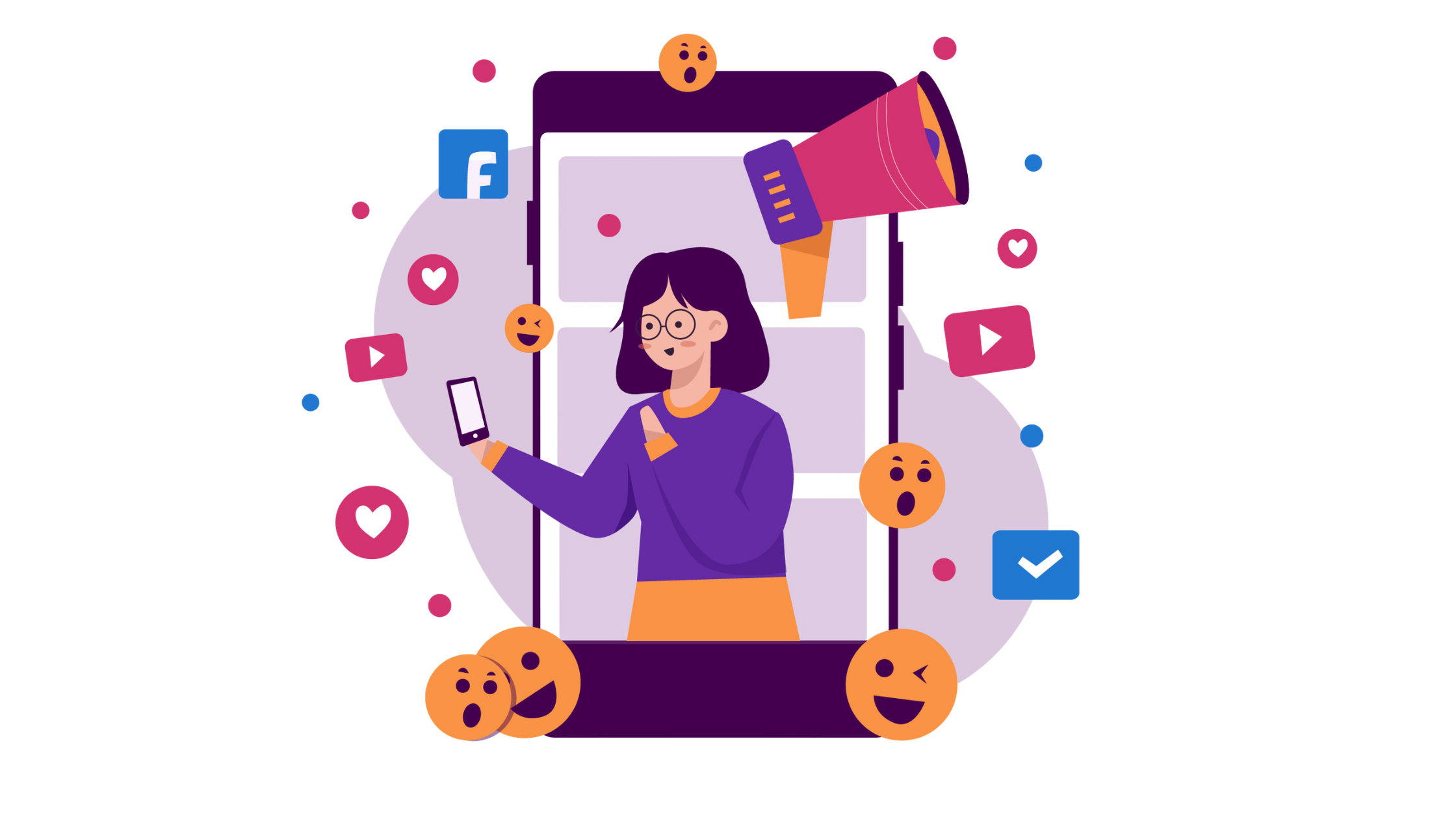
B2B social media marketing services in India are growing because they combine cultural insight with platform expertise. The best partners can turn LinkedIn engagement into email leads and pipeline-ready conversations. They are also using creator partnerships to turn technical services into human stories, demonstrating how influencer marketing can also create value in B2B instead of just B2C.
To illustrate, a SaaS company in Chennai worked with local thought leaders to deliver considerable qualified lead growth, while a national logistic company created LinkedIn campaigns to showcase technical solutions in relatable business scenarios with growing inquiry and demo conversion rates.
How To Build A Brand On Social Media: 6 Steps
- 1.Write your one-line promise – what you do and why it matters. Keep it human.
- 2.Map three audience moments (discover, evaluate, decide) and the content each needs.
- 3.Choose 2–3 platforms and focus on those as they offer better presence on two than noise on six.
- 4.Create a content mix: teach, prove, humanise. (3:2:1 ratio works well.)
- 5.Run a creator test every quarter – a small budget, a clear brief, measurable KPIs.
- 6.Measure signal, not noise: conversation growth, lead quality, and repeat purchase rate.
Repeat, learn, repeat. That’s the compounding secret — not flash campaigns but steady presence.
Small Systems That Save Time
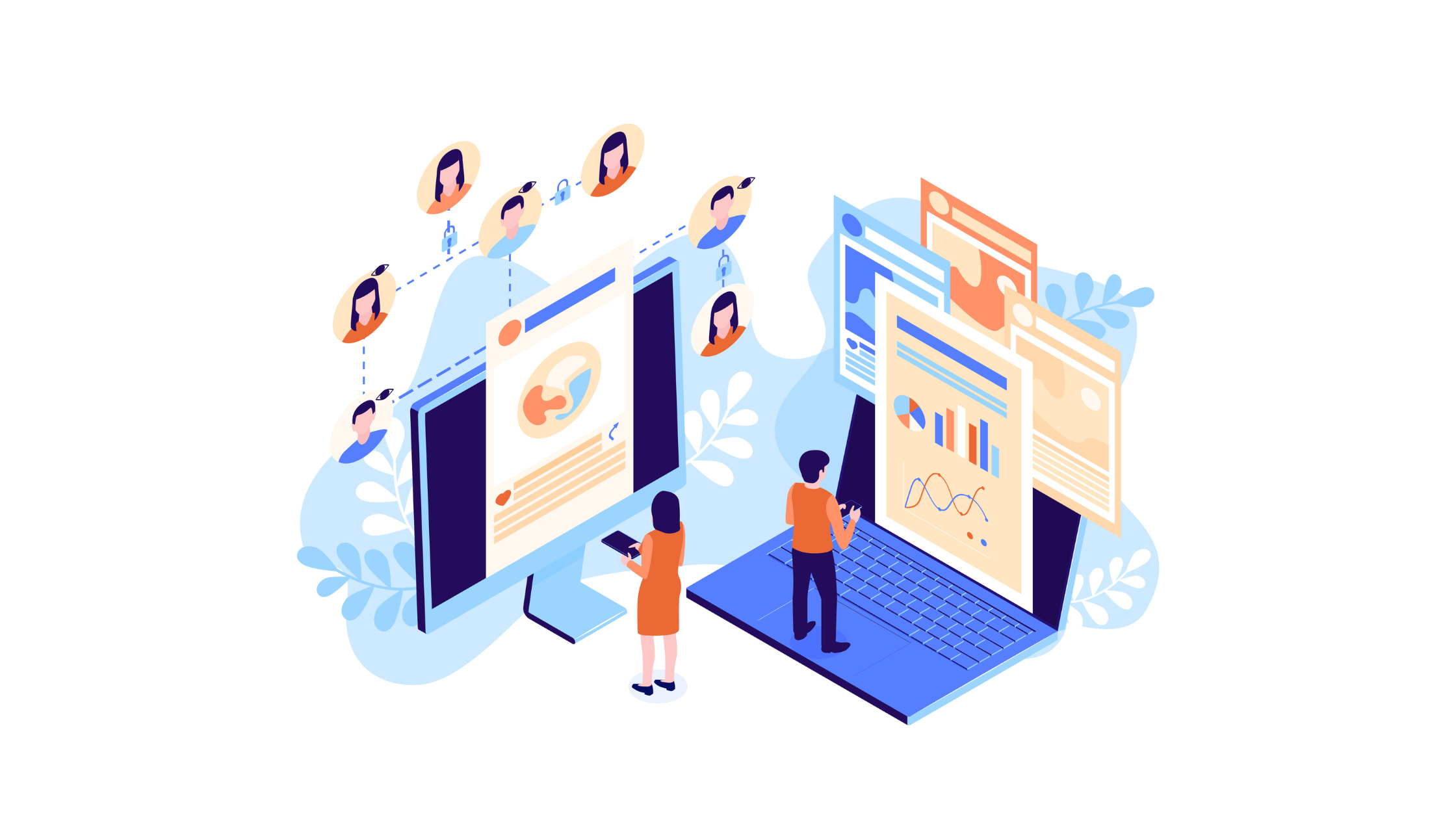
- -Repurpose ruthlessly: one whitepaper → thread → 4 short clips → newsletter snippet.
- -Use simple edit templates (CapCut, InShot) for consistent pacing.
- -Keep a creator rolodex and a 4-week content calendar.
- -Automate listening alerts for brand mentions and competitor moves.
These little systems cut decision fatigue. Honestly, they free you to be creative instead of chaotic.
Final Nudge: So What To Do Next
You’ve read the trends, seen the platform playbook, and got a straight checklist. Now pick a small, measurable start: map one buyer journey, run a week’s content plan, and test one creator. If building a team feels heavy, getting external help is perfectly sensible, especially from a team that knows local markets.
If you want help getting started, strategy, content calendar, or running creator tests, reach out to DealsInsight, a trusted digital marketing company in Chennai. We can audit your current presence, give a compact 90-day plan, and run a pilot that shows results, not guesswork.

